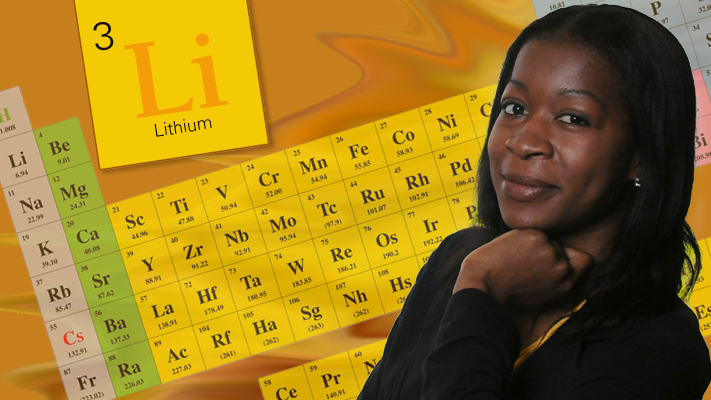
Ona Egbue, a doctoral student in engineering management, developed a supply chain model for lithium. Photo by B.A. Rupert
With nearly a dozen different kinds of electric vehicles on U.S. roads this year, more drivers are getting behind the wheel of vehicles powered by advanced lithium power packs.
That ever-increasing demand sparked the interest of Ona Egbue, a doctoral student in engineering management. She’s been studying potential disruptions to the long-term supply chain of the world’s lightest metal.
“Lithium batteries are top choices for high-performance rechargeable battery packs,” Egbue says. “Batteries make up 23 percent of lithium use and are the fastest-growing end use of lithium. However, there are issues associated with the present supply chain of raw materials for battery production, particularly the security and supply of lithium.”
The U.S. is a major importer of lithium. The majority of known lithium reserves are located in China, Chile, Argentina and Australia. Together these regions were also responsible for more than 90 percent of all lithium production in 2010, not including U.S. production.
“More than 90 percent of lithium reserves — what is economically feasible to extract — are in just four countries,” Egbue says. “The geopolitical dynamics of this distribution of lithium supplies has largely been ignored.”
Egbue has developed a supply chain model for lithium that demonstrates the connection between supply and demand and provides a framework for investigating the technical, geopolitical and economic factors that could potentially impact the supply of lithium for electric vehicles. She is working on the research with her advisor, Dr. Suzanna Long, assistant professor of engineering management and systems engineering, and has received a vehicle electrification grant from the Department of Energy. Her findings were published in the Engineering Management Journal‘s special issue on transportation management in September.
by Mindy Limback
More Missouri S&T research.
Recent Comments